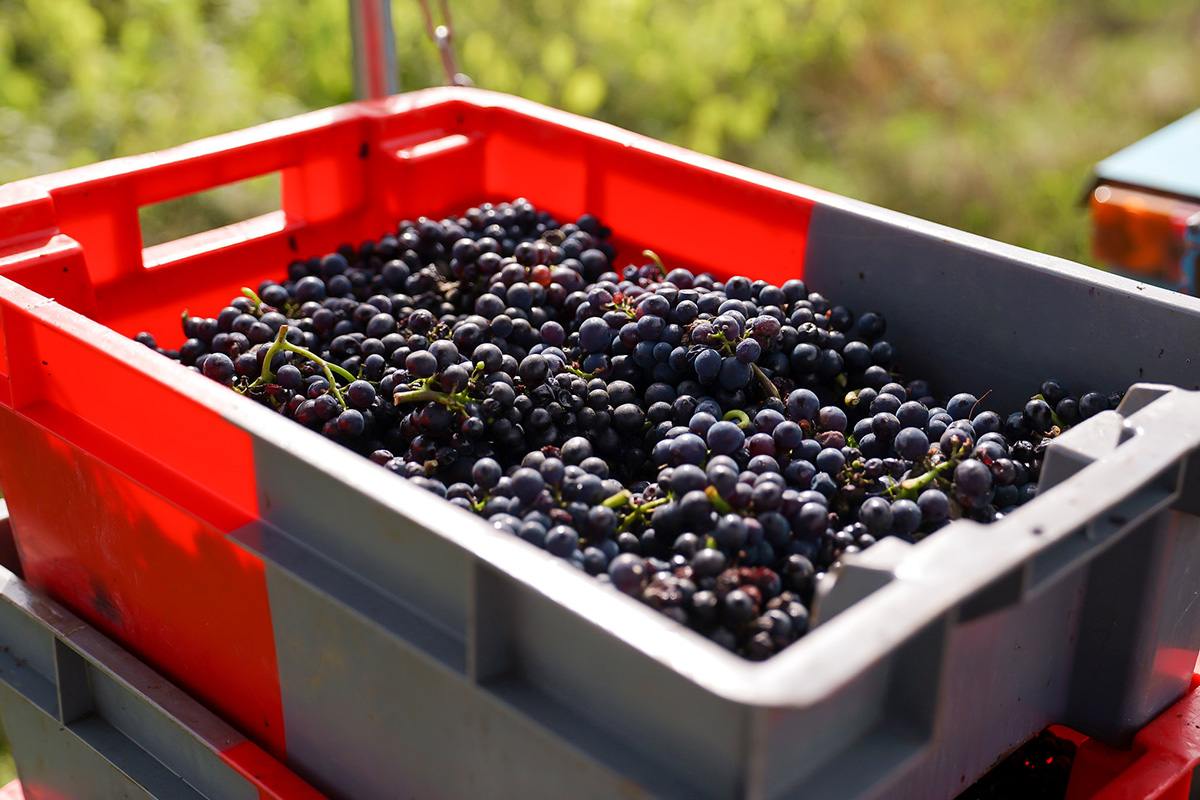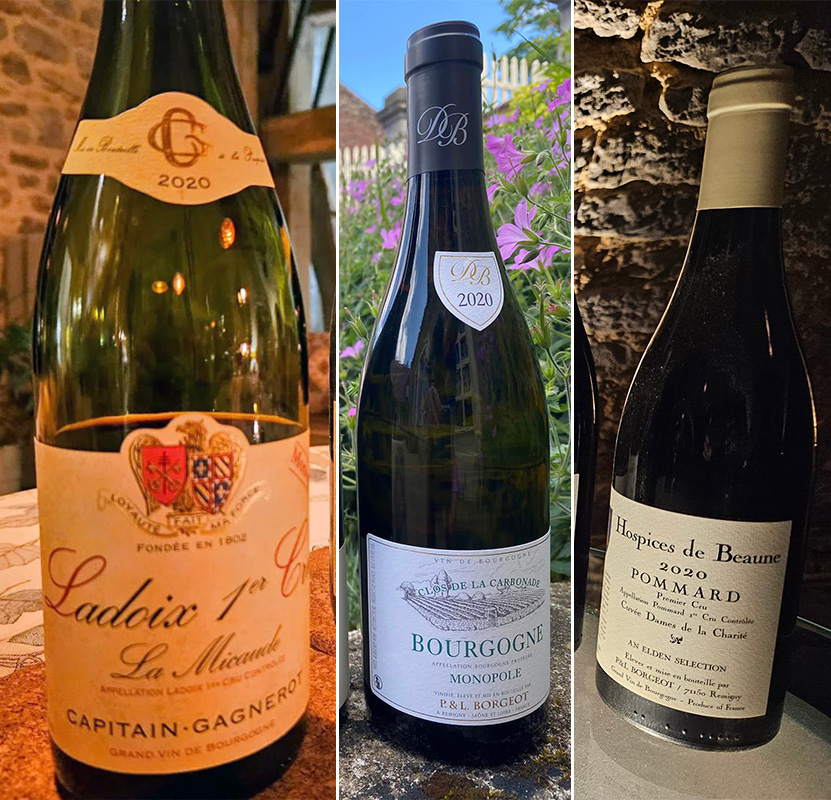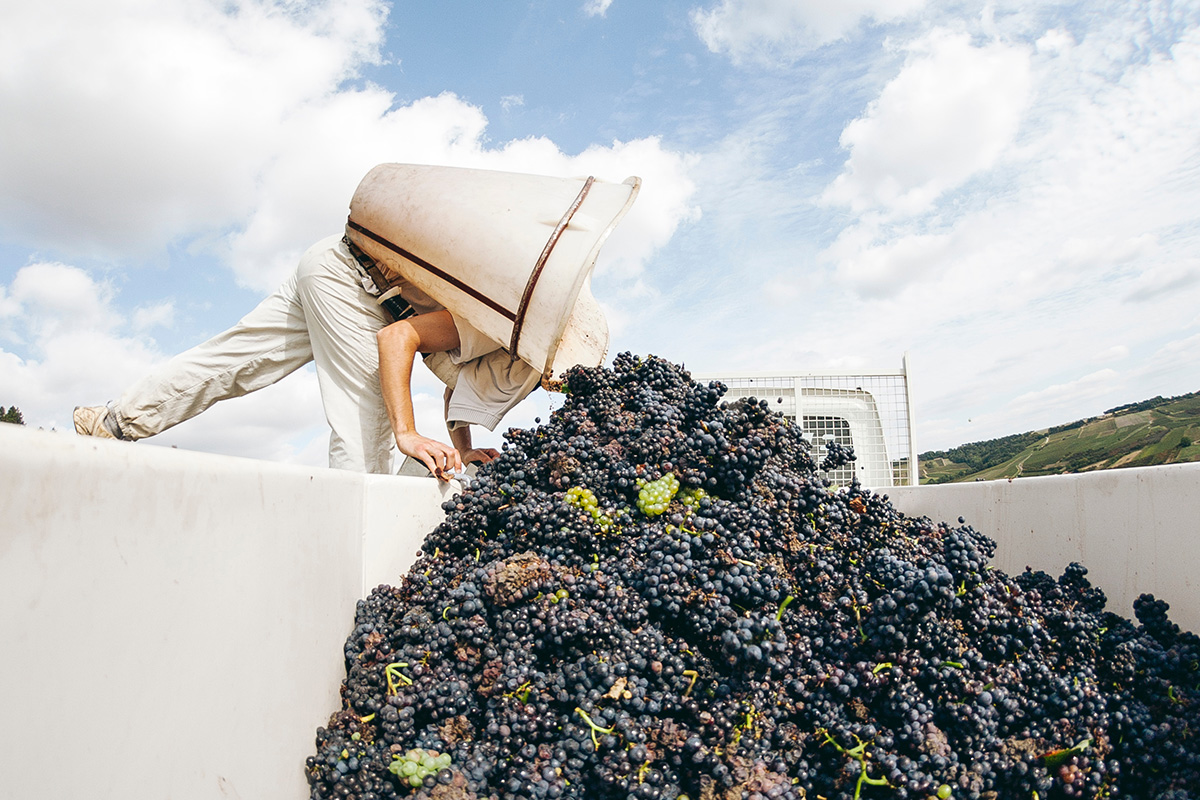View Articles by Category
A Report on the 2020 Burgundy Vintage By Elden Selections

When you hear the words "Burgundy 2020 vintage" in relation to wine, what do they conjure up in your mind?
The year 2020 was memorable for a lot of reasons – few of them good. It was to be the year that the Covid pandemic hit the world; it was the year George Floyd was killed, and Trump (almost) got impeached. But it was also the year that Polio was officially eradicated in Africa; carbon emissions dropped dramatically; mankind launched the most advanced rover yet to Mars and landed a spacecraft on an asteroid.
Perhaps the wine world cannot quite match the drama of any of those events, but that doesn't mean that important things didn’t happen. A whole vintage was produced, with its own character and potential for the future. In this article, we revisit the Burgundy 2020 vintage, along with our recommendations for the best wines from that year, which you can find on BurgundyWine.com by Elden Selections.
What Do We Mean By a Wine’s ‘Vintage’?
First up, what is ‘vintage’? When we refer to a wine’s ‘vintage’, we are simply indicating the year the grapes were harvested. To truly understand wines from a specific vintage, it is crucial to delve into the weather conditions throughout the year. In regions like Burgundy, where weather conditions can vary widely, the vintage plays a significant role. Whether a vintage is considered ‘good’ or ‘bad’ often impacts the price and collectability of the wine, as well as the amount of effort the winemaker must invest to achieve the desired results.
So let’s jump in and see what sort of things were being scribbled in Dennis’s little notebook around this time… (Don’t forget that if you want to view wines from a particular vintage quickly and easily on our online wine shop, you can simply type the year into the top right hand search bar and hit enter. The wines from that vintage will then be displayed.)

The Burgundy Wine 2020 Vintage
With many winemakers completing their 2020 harvest before the end of August that year, everyone in Burgundy anticipated that this hot and sunny vintage would produce atypical wines that were overripe, fat, and flabby. To this day, it remains a mystery as to why it did not.
In reality, 2020 Burgundy, both red and white, has been praised by the press and industry professionals as an exceptional vintage, known for being remarkably fresh, pure, elegant, and focused. Although the wines are ripe and concentrated, they also exhibit good acidity that brings a harmonious balance. This, in essence, defines the Burgundy 2020 style: high acidity and high concentration.
To sum it up, 2020 was a precocious year from start to finish. Following a mild and humid winter, the vegetative cycle commenced a month earlier under sunny skies, with a mid-April bud burst and the first Chardonnay flowers appearing in early May. Subsequently, the weather worsened. Pinot Noir flowered in damp, cool conditions but wasn’t as successful as Chardonnay, which explains the smaller Pinot crop.
From that point on, there isn’t much to report in terms of weather. It was hot and dry from June through to the end, making it the driest year since 1945. The grapes began to change color in mid-July, and it seemed likely that the harvest would take place in August.
You might assume that an August harvest allows everyone to finish their work early and head home. However, it's important to remember that there is a significant difference between the bright heat of an August afternoon and the short, cool days of September. When maturity rapidly approaches in August, quick action is necessary, as a day or two can lead to considerable differences in acid and sugar levels.
In fact, there may have been more pressure on the winemakers than on the vines. 2020 was, in fact, a straightforward growing season, characterized by dryness and minimal risk of fungal issues. The challenge lay in deciding when to harvest. Should you delay harvesting in an attempt to achieve phenolic maturity, or should you pick earlier to maintain acid levels and avoid higher alcohol levels?
Many chose to pick early, and for the most part, it proved to be the right decision, even though the reason behind it remains unclear. Numerous 2020 wines have alcohol levels of 13%-14%, but some are higher. Picking later can increase the likely alcohol levels by as much as one whole degree every week.
Simultaneously, good levels of phenolic maturity resulted in ripe, but not overripe, tannins. Some describe the 2020s as ‘crunchy’, denoting a tannin level that is riper than ‘green’ but less than ‘fine’.
Overall acidity was generally high, with the majority being tartaric acid. Malic acid, which typically constitutes a large percentage of the total acidity, was low. In fact, the wines underwent minimal change during their malolactic fermentation, because there was little malic acid to convert into lactic acid.
Once again, we have a vintage characterized by high acidity and concentrated fruit. Some are asserting that there has never been a vintage in which ripeness and acidity combined to produce such outstanding wines with exceptional aging potential, true for both red and white. Freshness, balance, and moderate alcohol content are key features.
The whites are rich and ripe, yet they possess a crystalline, almost razor-sharp edge. The slight touch of lactic acid adds complexity without adding weight.
The reds may bear some resemblance to previous vintages, perhaps reminiscent of 2005. However, winemaking techniques differed in 2005. Back then, the focus was on extraction, aiming to extract as much as possible from the ripeness. Today, Pinot is not so much ‘extracted’ as ‘infused’, similar to brewing tea. This results in wines that are fresher and more energetic, with no less intensity and perhaps more spice.

How the Wines of the 2020 Burgundy Vintage Are Drinking Now, in 2024
The wines from the Burgundy 2020 vintage are showing great promise. The wines, especially the whites, are ripe yet incredibly fresh, thanks to a good level of natural tartaric acidity. The whites are reminiscent of the 2017 vintage, but with more focus, intensity, and a sense of great potential. The reds also display freshness and precision, though they are firmer than the whites at this early stage. Given time to open in the glass, their future becomes clearer.
Both reds and whites can be enjoyed now, as there is remarkable vitality in the youthful 2020s. Stick to the regional appellations for now, as this vintage is mainly for aging, for both reds and whites. Keep the premier and grand crus for 10-15 years, and longer for the best wines. These wines have the balance to age and will gradually reveal the complexity that we only get hints of today. Expect that these wines may close down for a few years, but be patient – you will be thrilled to open a bottle of 2020 Burgundy from your cellar in the future.
Why not stay with us at Domaine de Cromey, our home in Burgundy amongst the vines, and sample some of the 2020 vintage with us? You can experience our dedicated tasting room, as well as take part in cookery classes and a whole range of other activities in the local area. To start your vacation of a lifetime, simply click here. To read more about Burgundy wine read our Burgundywine.com blog. And to read more about life at Cromey, read our Burgundy Vacation Blog here.